New York Head Shop and Museum
Audre Lorde (Broadside Press, 1975)
Recommended by Rona Cran
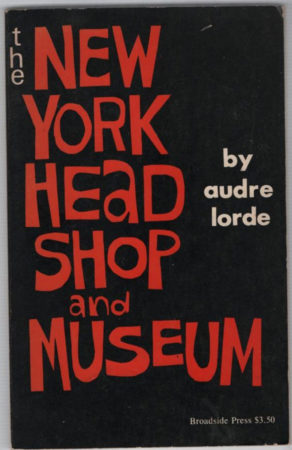 Sara Ahmed observes that Lorde’s writing is ‘personal testimony as well as political speech’ and that she ‘made life itself a political art, an art which you must craft from the resources that you have available’. One of her most crucial resources was New York, the place where she was born and where she lived for significant periods of time. Her 1975 collection New York Head Shop and Museum (now out of print but available as part of her Collected Poems), is both a portrait of the city as it slid into dereliction in the 1970s and a metaphorical act of taking to the streets in order to reclaim space and assert the existence of the marginalised. A glance at the contents list indicates the extent of New York’s critical role in the collection –titles include ‘New York City 1970’, ‘To Desi as Joe as Smoky the Lover of 115th Street’, ‘A Sewerplant Grows in Harlem’, ‘A Birthday Memorial to Seventh Street’, ‘A Year to Life on the Grand Central Shuttle’, ‘A Trip on the Staten Island Ferry’ and ‘Memorial III from a Phone Booth on Broadway’. The poems themselves are filled with references to a wide range of identifiable places all over New York, including the subway, the Staten Island Ferry, East Side Drive, Wall Street, Fourteenth Street, Riverside Drive, Brighton Beach Brooklyn and 125th Street and Lenox. The city that emerges from New York Head Shop is overwhelmingly deficient but richly lived, containing occurrences of horror, heartbreak and sometimes happiness.
Sara Ahmed observes that Lorde’s writing is ‘personal testimony as well as political speech’ and that she ‘made life itself a political art, an art which you must craft from the resources that you have available’. One of her most crucial resources was New York, the place where she was born and where she lived for significant periods of time. Her 1975 collection New York Head Shop and Museum (now out of print but available as part of her Collected Poems), is both a portrait of the city as it slid into dereliction in the 1970s and a metaphorical act of taking to the streets in order to reclaim space and assert the existence of the marginalised. A glance at the contents list indicates the extent of New York’s critical role in the collection –titles include ‘New York City 1970’, ‘To Desi as Joe as Smoky the Lover of 115th Street’, ‘A Sewerplant Grows in Harlem’, ‘A Birthday Memorial to Seventh Street’, ‘A Year to Life on the Grand Central Shuttle’, ‘A Trip on the Staten Island Ferry’ and ‘Memorial III from a Phone Booth on Broadway’. The poems themselves are filled with references to a wide range of identifiable places all over New York, including the subway, the Staten Island Ferry, East Side Drive, Wall Street, Fourteenth Street, Riverside Drive, Brighton Beach Brooklyn and 125th Street and Lenox. The city that emerges from New York Head Shop is overwhelmingly deficient but richly lived, containing occurrences of horror, heartbreak and sometimes happiness.
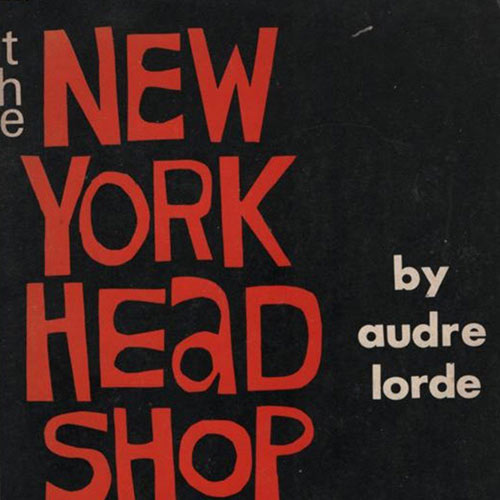
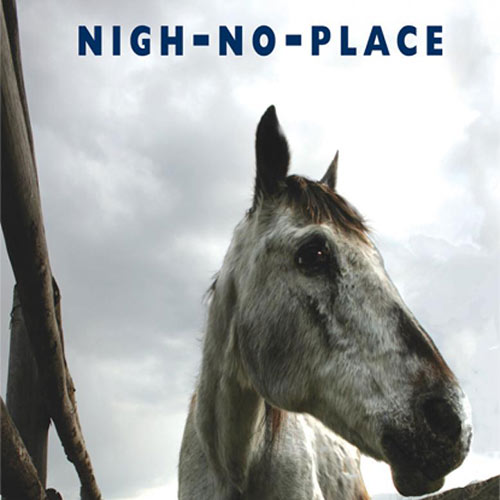
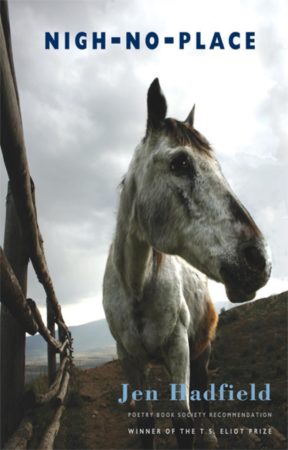 As in all of Jen Hadfield’s poetry collections, Nigh-No-Place explores the Shetland landscape in an intimate and yet estranging manner. Her eye for detail and ear for sound brings us the more curious and overlooked parts of the landscape. Inventive and often curious images lead the writing, as well as her sensitive use of the Shetland dialect. My favourite poem is ‘Daed-traa’ (a Shetland word used for ‘the slack of the tide’) that is an extraordinary feat of mixed metaphor in which a manifesto for poetry is entangled within the landscape itself and its inhabiting creatures: ‘I go to the rockpool at the slack of the tide / to mind me what my poetry’s for… It has its Little Shop of Horrors. / It has its crossed and dotted monsters’.
As in all of Jen Hadfield’s poetry collections, Nigh-No-Place explores the Shetland landscape in an intimate and yet estranging manner. Her eye for detail and ear for sound brings us the more curious and overlooked parts of the landscape. Inventive and often curious images lead the writing, as well as her sensitive use of the Shetland dialect. My favourite poem is ‘Daed-traa’ (a Shetland word used for ‘the slack of the tide’) that is an extraordinary feat of mixed metaphor in which a manifesto for poetry is entangled within the landscape itself and its inhabiting creatures: ‘I go to the rockpool at the slack of the tide / to mind me what my poetry’s for… It has its Little Shop of Horrors. / It has its crossed and dotted monsters’.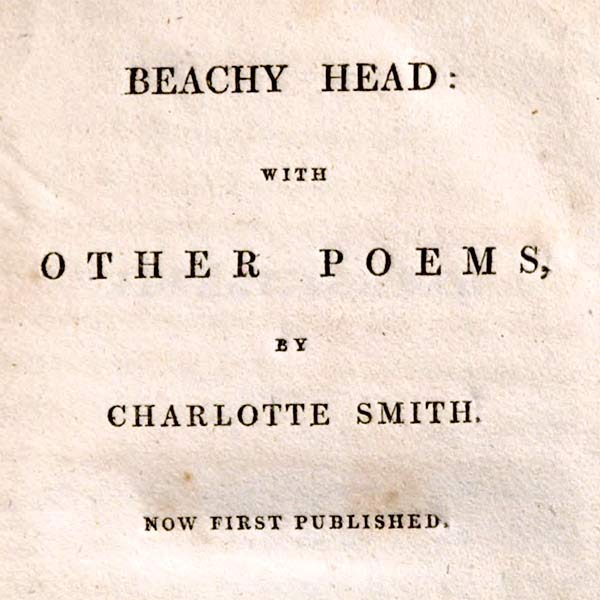
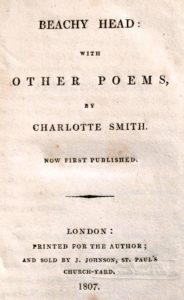 Recommended by
Recommended by 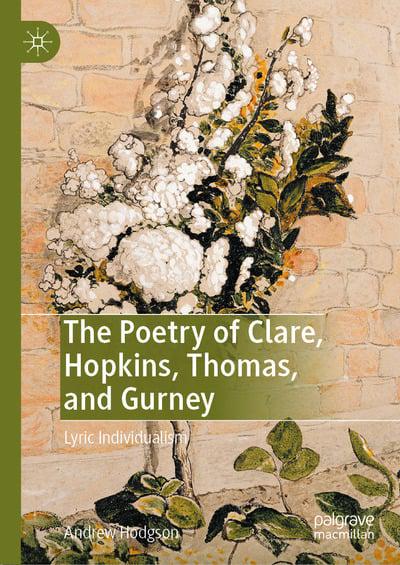
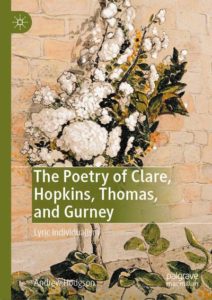 Recommended by
Recommended by 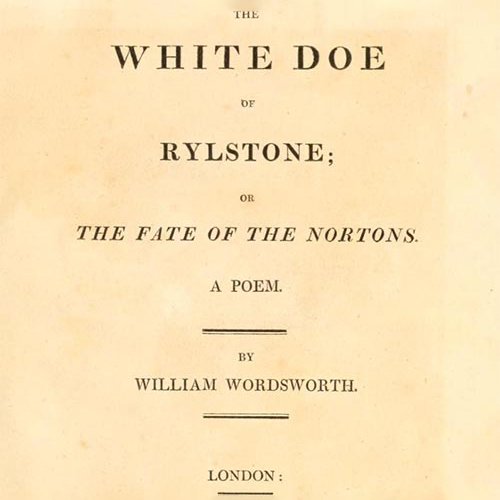
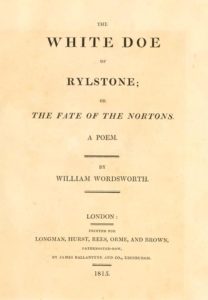 Recommended by
Recommended by 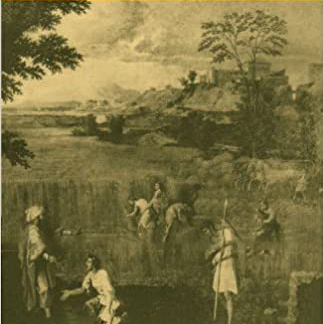
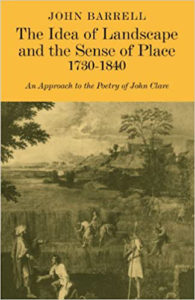 Recommended by
Recommended by 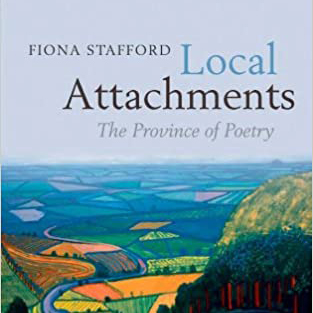
 (Oxford, 2010)
(Oxford, 2010)